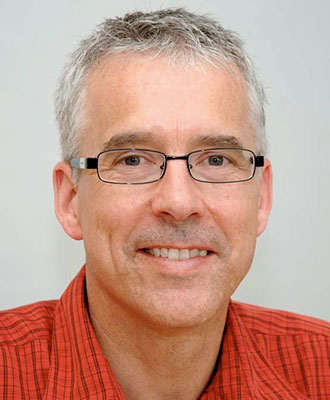Abstract
The Gutenberg-Richter b value, the slope of a logarithmic cumulative magnitude distribution graph, provides an indication of the relative abundance of large-to-small magnitude events. Numerous studies have demonstrated that earthquake catalogs for seismically active fault systems typically show a long-term b value in the range of 0.75 to 1.25, depending on the stress environment. Some classic studies have linked b value to fractal dimension (D), under simple relationships such as D ~ 2b. Microseismic catalogs derived from monitoring of hydraulic fracture treatments often show greater variability, including much higher b values than are characteristic of earthquake fault systems. It is not yet clear to what extent the scaling behaviour of critically stressed natural fault systems can be applied to brittle failure processes stimulated by hydraulic fracturing of unconventional reservoirs. This presentation will review recent developments that look at how to obtain accurate estimates of b value for mixed event populations, whether activation of slip on a fault can produce a measurable change in b value, what biases may be introduced by choice of instrumentation, and whether magnitude statistics may provide important geostatistical information about mechanical layering or discrete fracture networks within reservoir rocks.
Biography
Professor Dave Eaton received his B.Sc. from Queen’s University in 1984 and M.Sc. and Ph.D. from the University of Calgary in 1988 and 1992. He rejoined the University of Calgary in 2007 after an 11-year academic career at the University of Western Ontario. His postdoctoral research experience included work at Arco’s Research and Technical Services (Plano, Texas) and the Geological Survey of Canada (Ottawa). He is presently co-director of the Microseismic Industry Consortium, a novel, applied-research geophysical initiative dedicated to the advancement of research, education and technological innovations in microseismic methods and their practical applications for resource development. In addition to microseismic monitoring, his current research is also focused on the lithosphere-asthenosphere boundary beneath continents. He completed his 5-year term as Head of the Department of Geoscience in July 2012. He has over 115 peer-reviewed publications and was awarded a Benjamin Meaker Visiting Professorship from the University of Bristol, where he spent part of his sabbatical in Fall, 2012.






